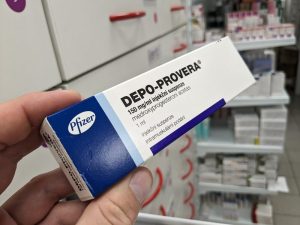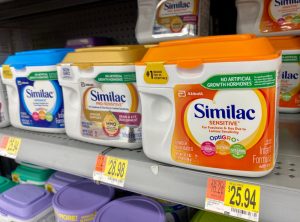Every aspect of litigation is based on time. Litigants only have a certain number of days to respond to motions, answer discovery, or serve a summons. Perhaps the biggest time-related concern in  litigation is the statute of limitations. The statute of limitations is the due date for a lawsuit. If a claim is brought outside the statute of limitations, it is
litigation is the statute of limitations. The statute of limitations is the due date for a lawsuit. If a claim is brought outside the statute of limitations, it is generally almost always barred and must be dismissed. Americans are now appreciating more how harsh limitations can be seeing Bill Cosby not being asked to account of the allegations against him.
How Statutes of Limitation Work
A statute of limitations should be thought of more of a time frame and less of a deadline. The right to bring legal action accrues whenever the subject matter of the claim occurred. For example, in a car accident case, the right to bring a claim begins right when the accident occurred. In a medical malpractice case, the period begins when the malpractice occurs or when the victim discovers it. Once that period has officially started, the clock on the potential claim has begun ticking. The relevant statute of limitations will then lay out a period during which that claim must be brought. For example, in Maryland, the statute of limitations on most personal injury actions is three years. This means that a lawsuit for a car accident must be brought within the three years that begins when the accident occurs. If the case is not brought within that time, it can never be brought.













